How often and how to water my Quinoa?
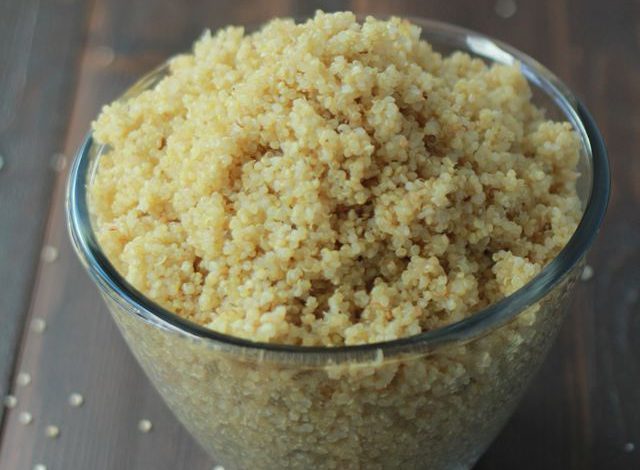
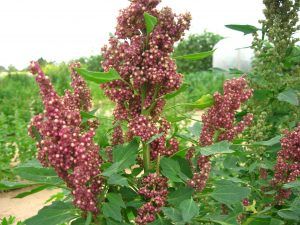 Quinoa is a plant that offers an edible seed as a gift that can be used for different preparations.
Quinoa is a plant that offers an edible seed as a gift that can be used for different preparations.
Its consumption provides different nutritional benefits, which is why in recent times it is being consumed more and more.
To take advantage of crops of great production and quality, it is necessary to pay attention to all the requirements that it presents.
Among them is the irrigation of quinoa and since it is such an important matter, we want to give you all the information you need to know about it.
Important points when watering a quinoa:
- Irrigation frequency: an irrigation before and after sowing. Watering every 10 days for maintenance and reduce to one every 5 days when it is in full bloom.
- Irrigation method: drip or sprinkler.
- Optimum time of day for irrigation: in the morning.
- Identify excess water: lack of vigor, neck and root rot.
- Identify lack of water: it resists drought well, it could only have low flower production if it lacks water at this time.
What irrigation needs does quinoa have?
The irrigation needs of quinoa start from the very moment in which the planting is going to be established.This is because the seed needs a pleasant environment to germinate. Irrigation should be structured according to the conditions present in the space where the crop will be grown.
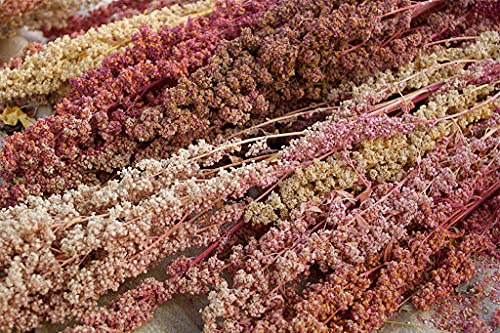
The normal thing is to keep the soil with a relative amount of humidity, since excess irrigation will be detrimental to the correct establishment and development of the plants.
How can we detect lack of irrigation in quinoa?
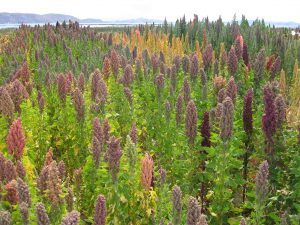 Quinoa is not especially affected by times of drought, so it is an issue that you will not have much to worry about.
Quinoa is not especially affected by times of drought, so it is an issue that you will not have much to worry about.
Even in areas where there are more or less frequent rains, irrigation will not be necessary to apply unless the land looks very dry.
The only stage in which problems could arise if the drought is excessive is at flowering time because the plant will start to show a low number of flowers.
If this is the case and you notice that in fact the soil looks quite dry, apply a slow and deep watering so that it can recover.
How often should we water the quinoa?
The frequency of irrigation must be established based on three stages:
- Sowing: before and after sowing, quinoa needs a good supply of moisture to help the seed settle and germinate. If you don’t get enough water at this early stage you may not get a seedling. One irrigation 2 days before sowing and one after sowing will suffice.
- Maintenance: it is the irrigation that occupies the greatest season of the quinoa plant and that is carried out as long as there is no rain. In this phase the plant does not need a lot of water, so you can set the risks at 1 every 10 days.
- Flowering: it is the stage with the highest irrigation requirement, but it should not be confused with the possibilities of reaching waterlogging. To execute the irrigation correctly, it will suffice to apply one every 5 days.
What is the best way to water quinoa?
Drip irrigation is the most profitable because it adjusts to the demands of all phases of quinoa development.Thanks to this system, it is possible to supply the liquid slowly and in small quantities, so that the earth is able to absorb it at its own rate.
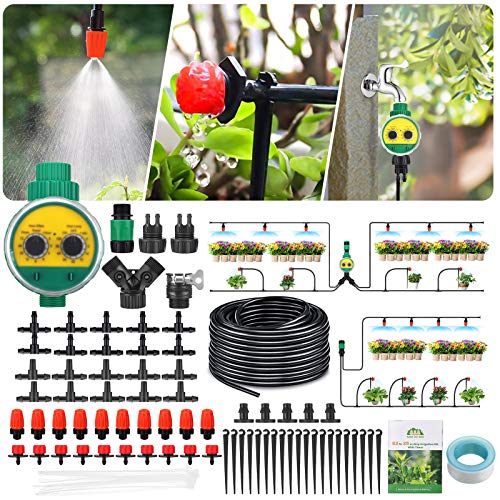
As we have already said, the irrigation of the quinoa should not be so frequent and the drip system helps it to be programmed according to the requirements. Quinoa also accepts sprinkler irrigation in almost all phases.
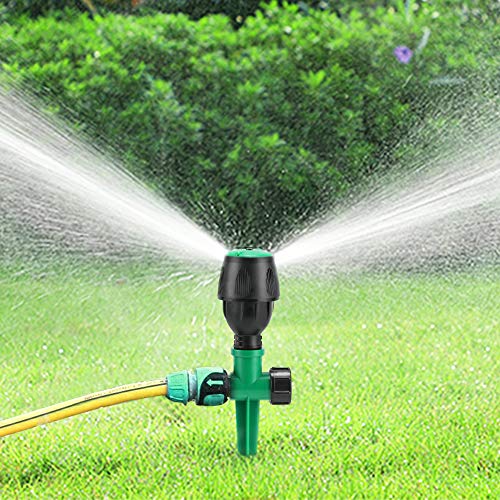
However, when frequencies higher than those usable by the species are raised, it can bring with it the appearance of fungi on the foliage. Due to the type of plant it is, you should avoid subjecting it to flood irrigation at all costs because it will affect the neck of the plant.
How do we detect excess water in quinoa?
Quinoa that is subjected to more risks than it is capable of accepting will suffer from problems associated with rotting.In the event that the soil is waterlogged on the surface, that moisture will reach the neck, which will become the ideal place for fungi to grow.
It can also be affected at the root, showing weak blooms, poor quality seeds and lack of vigor.Quinoa irrigation is one of the least demanding that we can find but that does not mean that we should leave it in oblivion.
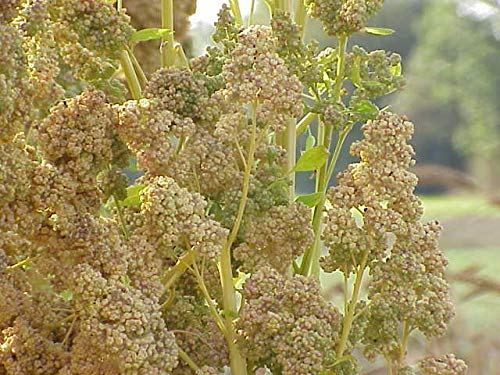
By applying the correct measures at each stage, the quinoas will be able to form a favorable structure and offer an excellent harvest.
Bibliographic references
- Evaluation of different levels of organic fertilizer and deficit irrigation on the development and yield of quinoa (Chenopodium quinoa Willd) in the Altiplano…, RA Huanca Apaza – 2008 – sidalc.net
- Responses of quinoa (Chenopodium quinoa willd.) to two irrigation conditions on the coast, R La Rosa, Y Macabilca, A Mendoza… – The Biologist…, 2008 – revista.unfv.edu.pe
- Effect of five irrigation sheets in the cultivation of quinoa (Chenopodium quinoa Willd), through drip irrigation, AM Mori Rabanal – 2015 – repository.lamolina.edu.pe
- Response of the quinoa crop (Chenopodium quinoa Willd.) mutant line La Molina 89-77 to three irrigation regimes under La Molina conditions, R León Guzmán – 2014 – repository.lamolina.edu.pe
- Yield of four varieties of quinoa (Chenopodium quinoa Willd.) under three sheets of drip irrigation, Y Burin Díaz – 2016 – repository.lamolina.edu.pe
- Three volumes of saline water in five varieties of Chenopodium quinoa W. Under Drip Irrigation conditions, C Herrera, H Rabith – 2016 – alicia.concytec.gob.pe

![Photo of Guano: [Fertilizer, Benefits, Nutrients and How to Prepare it]](https://www.complete-gardening.com/wp-content/uploads/2021/06/guano_1592041110-390x220.jpg)
![Photo of Orange Tree Diseases: [Characteristics, Types, Detection and Treatment]](https://www.complete-gardening.com/wp-content/uploads/2022/08/orange-tree-diseases-characteristics-types-detection-and-treatment-390x220.jpg)
![Photo of Planting Petunias in Your Garden: [Guide, Care + Images]](https://www.complete-gardening.com/wp-content/uploads/2022/08/planting-petunias-in-your-garden-guide-care-images-390x220.jpg)
![Photo of Gooseberry: [Characteristics, Cultivation, Care and Disadvantages]](https://www.complete-gardening.com/wp-content/uploads/2022/08/gooseberry-characteristics-cultivation-care-and-disadvantages-390x220.jpg)